Restoring 5 threatened plant species in the Dnipropetrovsk region
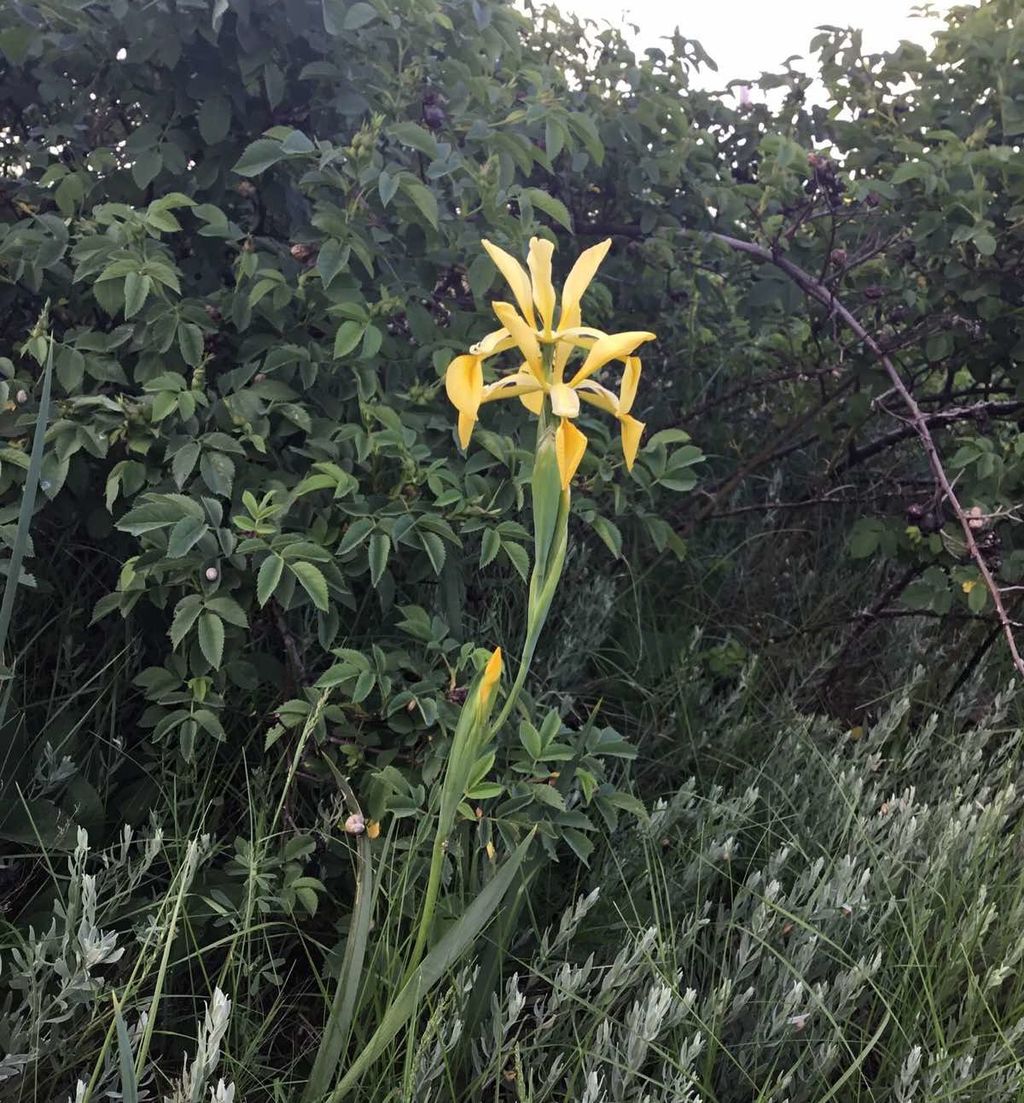
-
Status of project
Completed -
Region
Europe -
Country
Ukraine -
Programme
BGCI -
Workstream
Saving Plants -
Topic
Year in review 2023
Funded via the Global Botanic Garden Fund
Project Completed: 2023
Institution: Oles Honchar Dnipro National University Botanical Garden
Restoring 5 threatened plant species in the Dnipropetrovsk region
Ex situ collections of the Oles Honchar Dnipro National University Botanical Garden were used to restore the species diversity and abundance of 5 local threatened plant species in the natural ecosystems of the Dnipropetrovsk region.
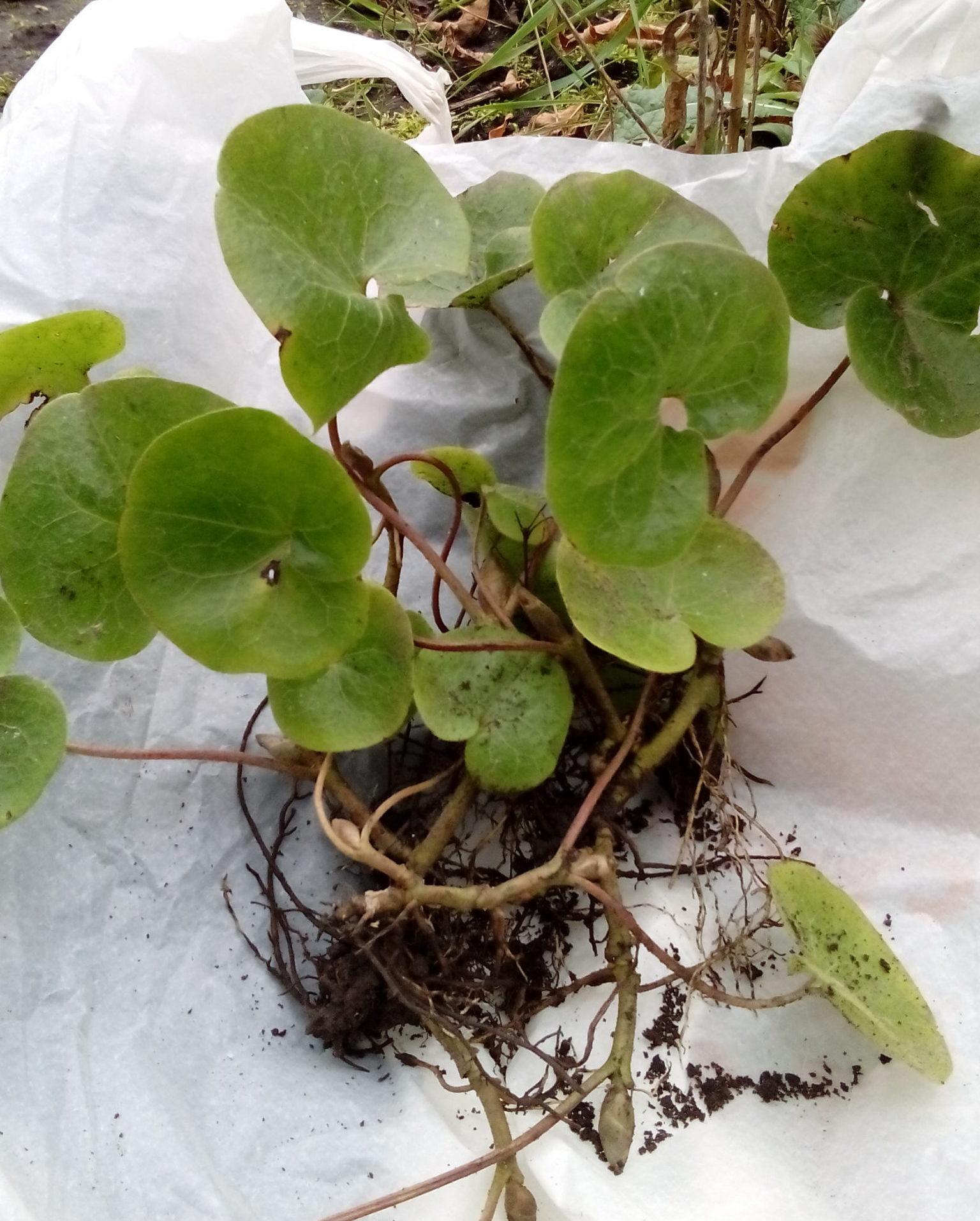
Stock of Stipa capillata, Iris halophila, Iris pumila, Betonica officinalis and Asarum europaeum were planted via means of seeds and 2-3 year old seedlings. Plants were planted in the steppe, meadow, salt-meadow and forest ecosystems of the Dnipro-Orilsky Nature Reserve.
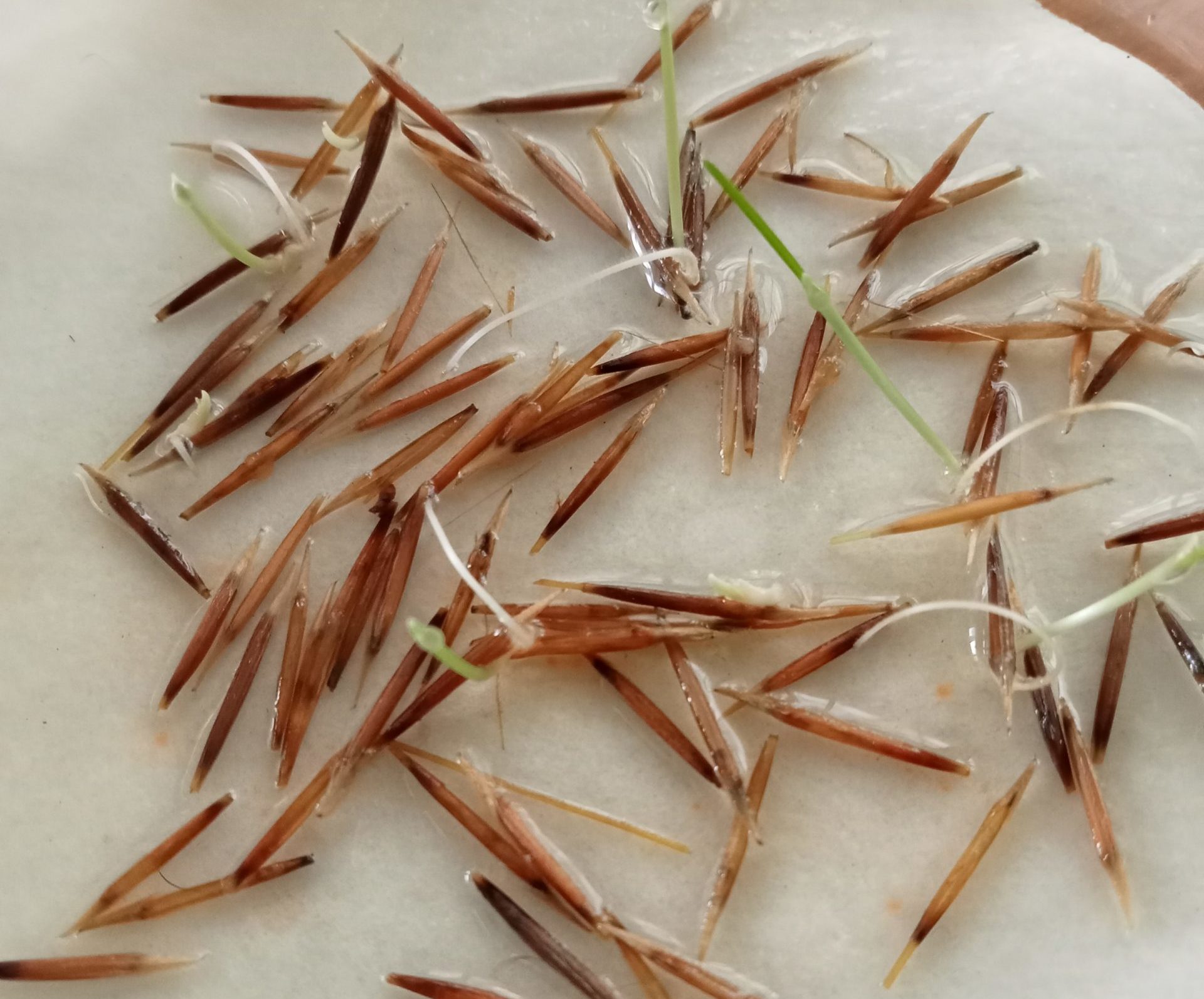
Before field work commenced, testing was carried out and high-quality planting stock was selected. Ecological analysis of the ecosystems made it possible to select sites with the most suitable conditions for reintroduction. Monitoring of the survival rate and vitality of planted plants was carried out regularly during growing season.
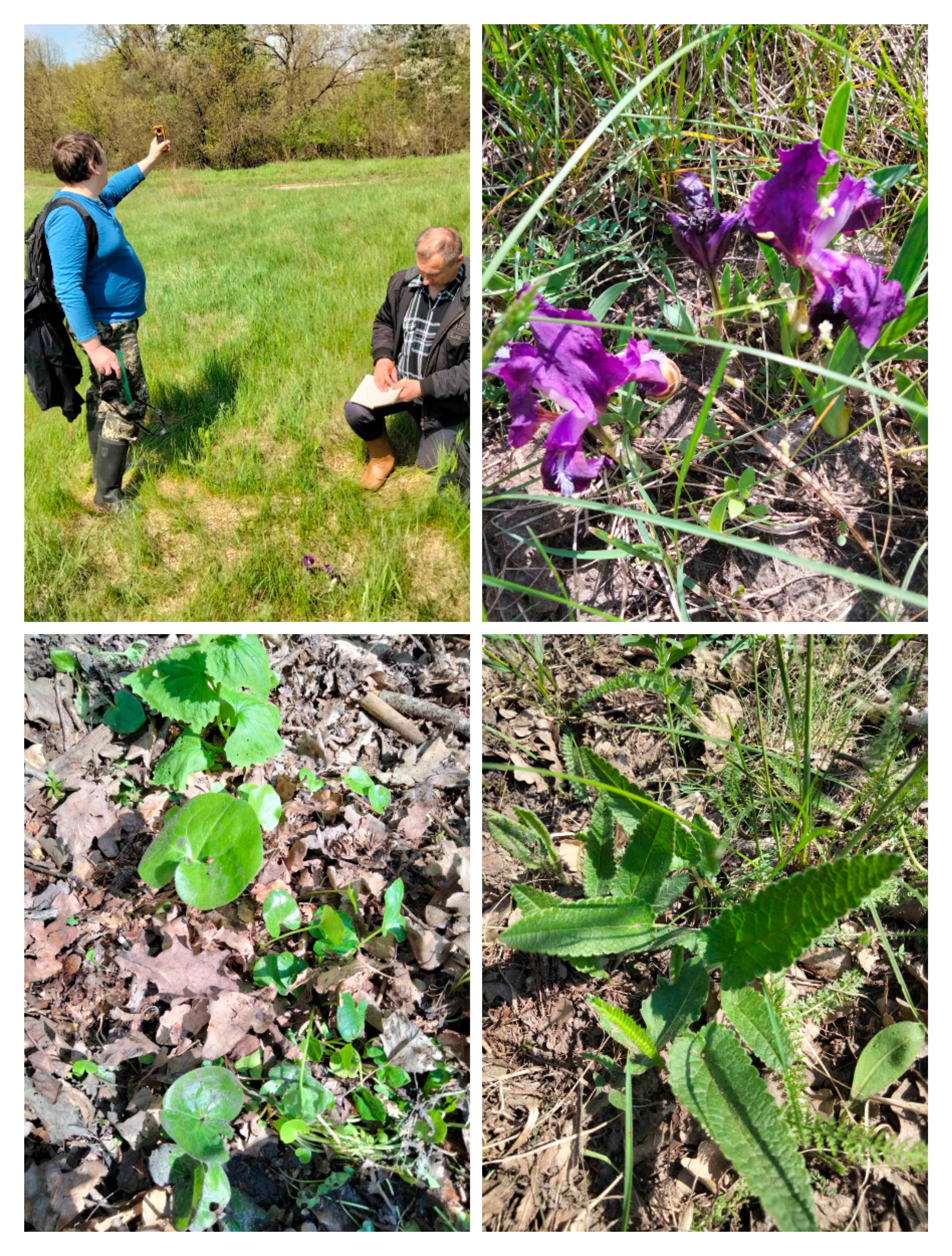
The survival rate was 83-88% for Stipa capillata and Iris pumila, and 97-100% for the other three species. The vitality of Iris halophila, Betonica officinalis and Asarum europaeum was high (plants developed well, there were no signs of oppression) whereas samples of Stipa capillata and Iris pumila had average vitality (growth and development were moderate).
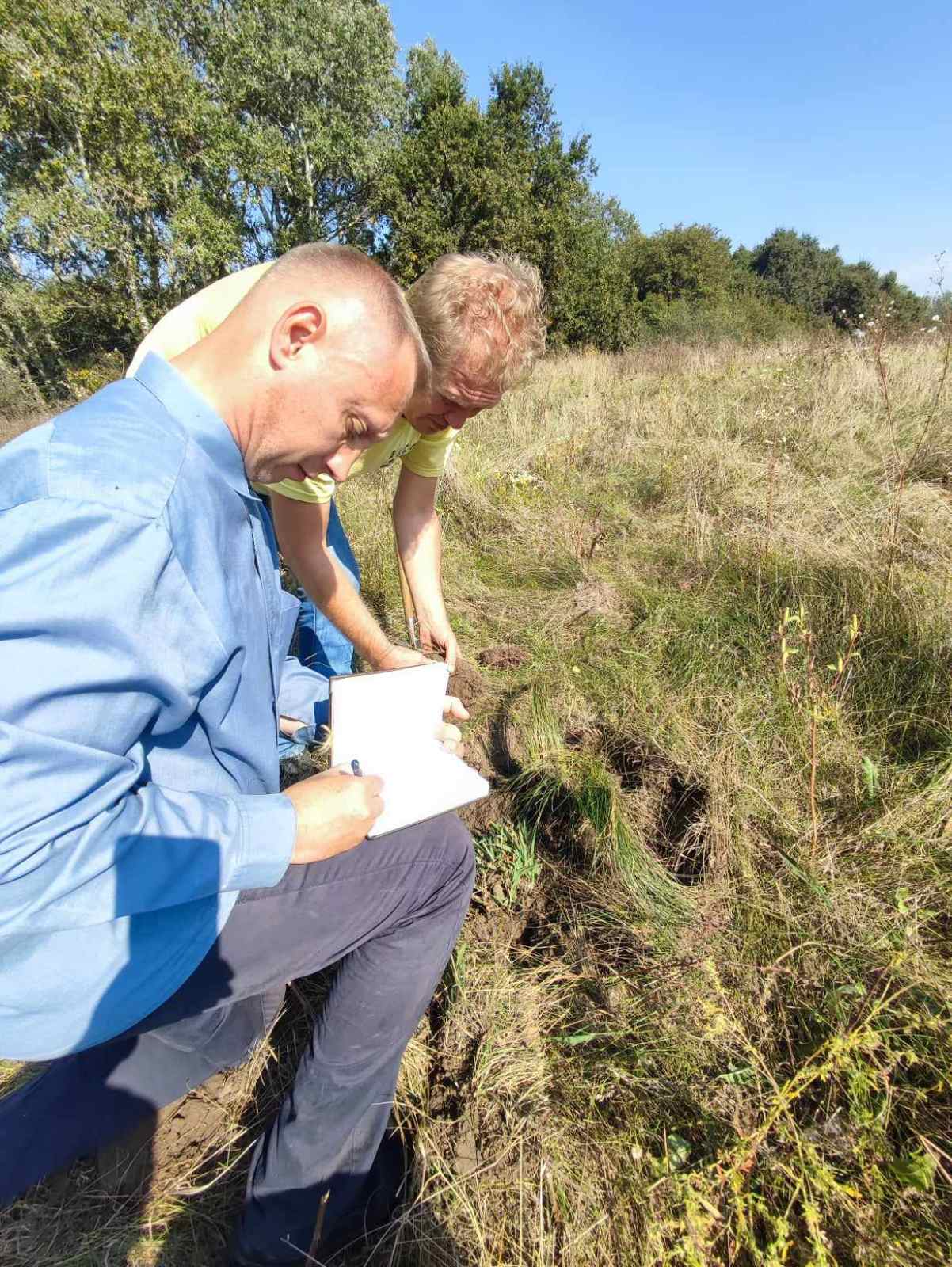
The implementation of this project allowed Oles Honchar Dnipro National University Botanical Garden to take the first step in restoring populations of these indigenous threatened plants. A cooperation agreement was concluded with the administration of the Dnipro-Orilsky Nature Reserve for further monitoring of the planted plants state. In the future, these sites will serve as a source of seed and planting stock to expand the localities of the above species in the reserve and beyond.
Watch a short video about the project below: